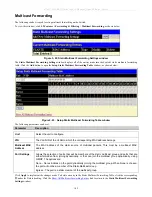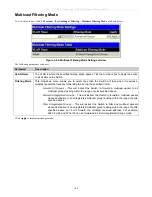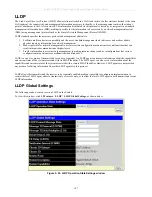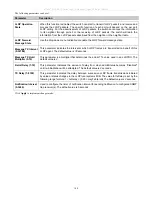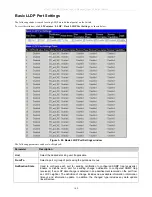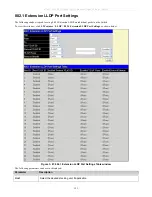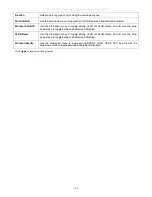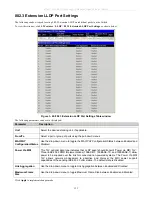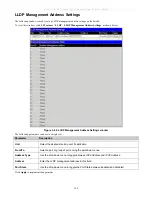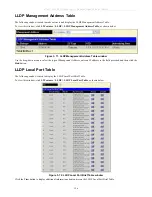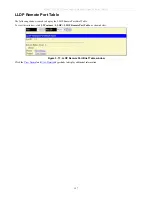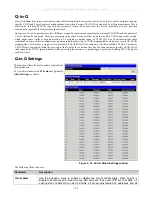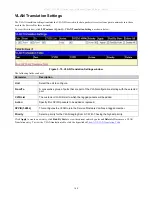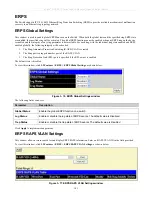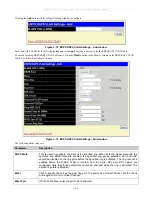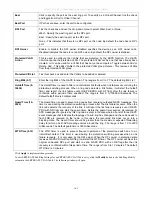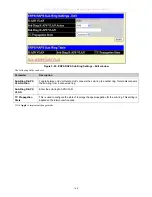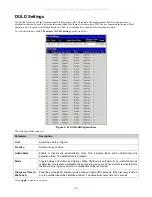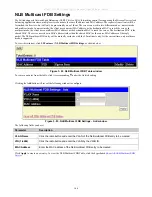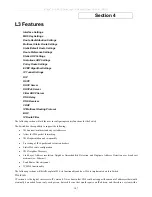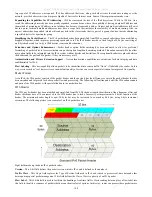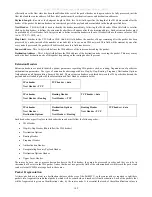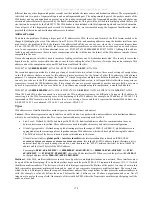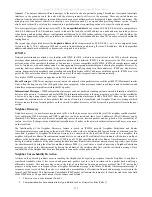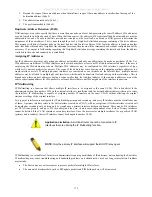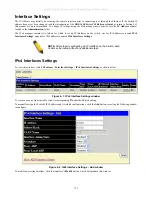
xStack
®
DGS-3600 Series Layer 3 Managed Gigabit Ethernet Switch
Q-in-Q
Q-in-Q is designed for service providers to carry traffic from multiple users across a network. Q-in-Q is used to maintain customer
specific VLAN and Layer 2 protocol configurations even when the same VLAN ID is being used by different customers. This is
achieved by inserting SPVLAN tags into the customer’s frames when they enter the service provider’s network, and then
removing the tags when the frames leave the network.
Customers of a service provider may have different or specific requirements regarding their internal VLAN IDs and the number of
VLANs that can be supported. Therefore customers in the same service provider network may have VLAN ranges that overlap,
which might cause traffic to become mixed up. So assigning a unique range of VLAN IDs to each customer might cause
restrictions on some of their configurations requiring intense processing of VLAN mapping tables which may exceed the VLAN
mapping limit. Q-in-Q uses a single service provider VLAN (SPVLAN) for customers who have multiple VLANs. Customer’s
VLAN IDs are segregated within the service provider’s network even when they use the same customer specific VLAN ID. Q-
in-Q expands the VLAN space available while preserving the customer’s original tagged packets and adding SPVLAN tags to
each new frame.
Q-in-Q Settings
This function allows the user to enable or disable the
Q-in-Q function.
To view this window click
L2 Features > Q-in-Q >
Global Settings
, as shown.
Figure 3- 74. Q-in-Q Global Settings window
The following fields can be set:
Parameter Description
Q-in-Q State
Use the pull-down menu to enable or disable the Q-in-Q Global State. When Q-in-Q is
Enabled
, all network port roles will have NNI ports and their outer TPID set to 0x88a8. All
existing static VLANs will run as SP-VLANs. All dynamically learned L2 addresses and all
158


